Are you noticing more hair in your brush than usual? Discovering hair loss in your 20s or 30s can be alarming, but you're not alone. While we often associate balding with older age, early hair loss is more common than you might think, affecting both men and women during their young adult years.
Approximately two-thirds of men experience noticeable hair loss by age 35. Hair loss also affects more than 50% of women at some point in their lives. The good news? Early detection and proper treatment can help you manage hair loss effectively and maintain your confidence.

What Causes Hair Loss in Your 20s and 30s?
Hair loss in your 20s and 30s can be caused by genetics (androgenetic alopecia), hormonal changes, stress, poor diet, or underlying medical conditions. Identifying the cause early can help prevent further thinning and allow for more effective treatment options. Here are the most common causes of hair loss in young adults:
For Men:
- Androgenetic alopecia (male pattern baldness)
- Hormonal changes
- Stress
- Poor nutrition
- Medical conditions
For Women:
- Hormonal fluctuations (including birth control changes)
- Nutritional deficiencies
- Thyroid issues
- Stress and anxiety
- Autoimmune conditions
Understanding the root cause of your hair loss is crucial for finding the most effective treatment solution. While some factors, like genetics, can't be changed, many causes of early hair loss can be addressed with proper care and treatment.

Signs of Early Hair Loss in Men and Women
Early detection is crucial for managing hair loss effectively. Here are the key signs to watch for.
Signs of hair loss in men:
- Receding hairline, particularly at the temples
- Thinning crown area
- Gradual decrease in hair density
- Excessive shedding during washing or styling
Signs of hair loss in women:
- Widening part line
- Visible scalp through hair
- Reduced ponytail thickness
- General loss of hair volume
Myths About Hair Loss: True or False?
There is a wealth of information available about hair thinning in your 20s and 30s, hair growth, and potential treatments – but not all of it is correct. Let's clarify some important myths about hair loss to help you better understand what's fact and what's fiction.
Myth #1: Hair Loss in Your 20s and 30s Is Hereditary
SOMEWHAT TRUE. Hair loss can be hereditary. Hereditary hair loss is called androgenetic alopecia, or for males, male pattern baldness, and for females, female pattern baldness. Androgenetic alopecia occurs when a hair follicle sheds, and the hair that replaces it is thinner and finer than what was there previously. The hair follicles continue to shrink and eventually hair stops growing altogether. However, genetics are not the only cause of hair loss in your 20s and 30s. Hair loss at a young age can also be caused by other issues such as traction alopecia, telogen effluvium, and mineral deficiencies.
Myth #2: Over-Shampooing Causes Hair Loss
FALSE. Many people believe that shampooing hair too often causes hair loss because they notice hair falling out during washing. However, this is usually normal shedding that would happen anyway. We typically lose 50-150 hairs per day as part of our natural hair cycle, and these are more noticeable during washing.
Myth #3: Higher Testosterone Always Causes Hair Loss
SOMEWHAT TRUE. The relationship between testosterone and hair loss is complex. If you have hereditary hair loss, what you inherit are hair follicles with a higher sensitivity to DHT (dihydrotestosterone), a hormone derived from testosterone. However, if testosterone alone caused hair loss, all body hair would be affected, which isn't the case.
Myth #4: Wearing Hats Leads to Baldness
FALSE. This is a persistent myth, but wearing hats, beanies, or other head coverings does not cause hair loss. The only exception would be if the headwear is extremely tight and causing constant tension on the hair follicles.
Myth #5: Sun Exposure Causes Hair Loss
MOSTLY FALSE. While UV radiation doesn't directly cause hair follicle loss, overexposure to the sun can weaken your hair strands, leading to dullness and breakage. This isn't true hair loss but can make your hair appear thinner.
Myth #6: Hair Loss in Your 20s Is Uncommon
FALSE. Hair thinning in your 20s affects many young adults. In fact, about 25% of men who experience male pattern baldness begin seeing signs before age 21.
Myth #7: Stress-Related Hair Loss is Permanent
FALSE. While stress can indeed cause hair loss (telogen effluvium), this type of hair loss is usually temporary and reversible once stress levels are managed properly.

How to Prevent Hair Loss at a Young Age
Question: How can I prevent hair loss in my 20s and 30s?
Answer: Prevent early hair loss through a combination of proper nutrition, stress management, and gentle hair care practices. Key strategies include consuming a protein-rich diet, taking hair-supporting supplements, avoiding harsh styling treatments, and using protective hair care products.
Early prevention is crucial when dealing with hair thinning in your 20s and 30s. Here's a comprehensive guide to help protect your hair:
1. Nutrition and Diet Essentials
Your diet plays a fundamental role in maintaining healthy hair growth. Focus on consuming adequate protein from sources like lean meats, fish, eggs, and plant-based proteins, as hair is primarily made of protein. Additionally, incorporate iron-rich foods such as spinach and lentils, along with biotin-rich sources like nuts and seeds, to support optimal hair health. Staying hydrated is equally important, as dehydration may impact hair strength and growth.
2. Stress Management
Chronic stress can significantly impact hair health by disrupting the natural hair growth cycle. Implement daily stress-reduction techniques such as regular exercise, meditation, or yoga to help maintain healthy cortisol levels. Ensuring adequate sleep of 7-8 hours per night is also crucial, as this is when your body repairs and regenerates tissue, including hair follicles.
3. Hair Care Best Practices
Proper hair care is essential for preventing premature hair loss. Use lukewarm water and sulfate-free shampoos when washing, and always pat your hair dry instead of rough towel drying. Avoid aggressive styling techniques that can damage hair follicles and lead to breakage. Use heat tools sparingly, as these can cause heat damage.
4. Professional Care
Regular professional care is vital for maintaining healthy hair and catching potential issues early. Schedule regular hair appointments every 6-8 weeks for trims and scalp assessments. These visits can help identify early signs of thinning and allow for prompt intervention when necessary.
Question: What are the best ways to stop hair from falling out in your 30s?
Answer: Stop hair loss in your 30s by maintaining proper nutrition, using gentle hair care products, managing stress levels, and seeking early professional treatment. Consider using products like Toppik Hair Building Fibers for immediate coverage while addressing underlying causes.
5. Lifestyle Modifications
Your daily habits can significantly impact hair health. Smoking restricts blood flow to hair follicles, while excessive alcohol consumption can lead to nutrient deficiencies that affect hair growth. Regular exercise improves circulation to the scalp, promoting healthy hair growth. Maintaining a stable, healthy weight is also important, as sudden weight fluctuations can trigger temporary hair loss.
6. Supplementation (After Consulting Healthcare Provider)
While a balanced diet should be your primary source of nutrients, certain supplements can support hair health when taken under professional guidance. A healthcare provider can help determine if you need additional vitamin D, iron, biotin, or omega-3 fatty acids based on your individual needs and blood work results.
Remember: Early intervention is key when dealing with hair loss. While these prevention strategies can help, it's important to consult with a healthcare provider if you notice significant hair thinning, as they can help identify underlying causes and recommend appropriate treatments.

Treating Hair Loss in Your 20s and 30s
While it's important to consult with healthcare professionals about medical treatments for hair loss, there are immediate solutions available to help you feel more confident while addressing your concerns about thinning hair.
For those seeking an immediate solution to conceal thinning hair in your 20s and 30s, Toppik Hair Building Fibers offer a game-changing option. These innovative fibers are made of colored keratin protein – the same protein found in natural hair – and work by instantly creating the appearance of fuller, thicker hair.
How Toppik Hair Building Fibers Work:
The fibers blend seamlessly with your existing hair, providing natural-looking coverage for:
- Thinning areas at the crown
- Widening part lines
- Receding hairlines
Toppik Hair Building Fibers are available in nine different shades that can be mixed and matched to match your hair color and work effectively for all hair types and textures.
For optimal coverage, simply shake or spray the fibers onto areas where you'd like more fullness. The fibers will instantly bond with your existing hair, creating natural-looking thickness and coverage. Whether you're heading to work, attending a special event, or just want to feel more confident in your daily life, Toppik Hair Building Fibers provide an immediate solution for hair thinning concerns.

Frequently Asked Questions About Hair Loss in Your 20s and 30s
Is hair loss normal in your 20s and 30s?
While many associate hair loss with aging, hair thinning in your 20s and 30s is increasingly common. Approximately 25% of men with male pattern baldness notice early signs of hair loss before age 21, and many women experience thinning hair during their young adult years. Early intervention and proper hair loss treatment can help manage this condition effectively.
What can I do about thinning hair and hair loss in my 20s?
Start by evaluating your lifestyle factors: ensure you're getting adequate nutrition, particularly protein and iron. Examine your hair care routine and eliminate harsh treatments, excessive heat styling, and tight hairstyles. Stress management through exercise, adequate sleep, and relaxation techniques can also make a significant difference. You can also speak to a dermatologist or trichologist about the causes of hair loss and potential hair loss treatments.
What are the early signs of hair loss in young adults?
Early signs of hair loss include increased shedding, visible scalp through the hair, a widening part line (especially in women), and a receding hairline (particularly in men). If you notice these signs, it's important to address them promptly. In the meantime, Toppik Hair Building Fibers can help conceal these areas effectively.
Why am I experiencing hair thinning in my 30s?
Hair thinning in your 30s can occur due to various factors, including genetics, hormonal changes, stress, and lifestyle habits. For women, changes in birth control, pregnancy, or underlying health conditions may contribute to hair loss. Understanding the cause is crucial for finding the right hair treatment for hair loss.
Can stress cause hair loss at a young age?
Yes, significant stress can contribute to hair loss in young adults. While managing stress is important for overall hair health, Toppik Hair Building Fibers can provide immediate coverage and restore confidence while you work on addressing stress-related hair loss.
Do Toppik Hair Fibers work for all types of hair thinning?
Yes, Toppik Hair Building Fibers effectively work for various types of hair thinning, whether you're dealing with early signs of hair loss, thinning hair in your 20s, or experiencing hair loss in your 30s. The fibers come in nine mixable shades to match any hair color and work with all hair textures.
What hair loss prevention tips work best for young adults?
The most effective hair loss prevention tips include maintaining a healthy diet, practicing gentle hair care, managing stress levels, and addressing any underlying health issues.

Experiencing hair loss in your 20s and 30s can feel overwhelming, but you don't have to face it alone. While early hair thinning is more common than most people realize, Toppik Hair Building Fibers offer an immediate, natural-looking solution for both men and women dealing with this challenge. With nine mixable shades and proven staying power, you can trust Toppik to help you look and feel your best every day.
Ready to transform your look? Shop Toppik Hair Building Fibers now to instantly conceal thinning areas, sign up for our emails to receive exclusive hair care tips and special offers, and share your success story to inspire others on their hair journey.
This article was originally published June 6th, 2016. It has been updated with new information.

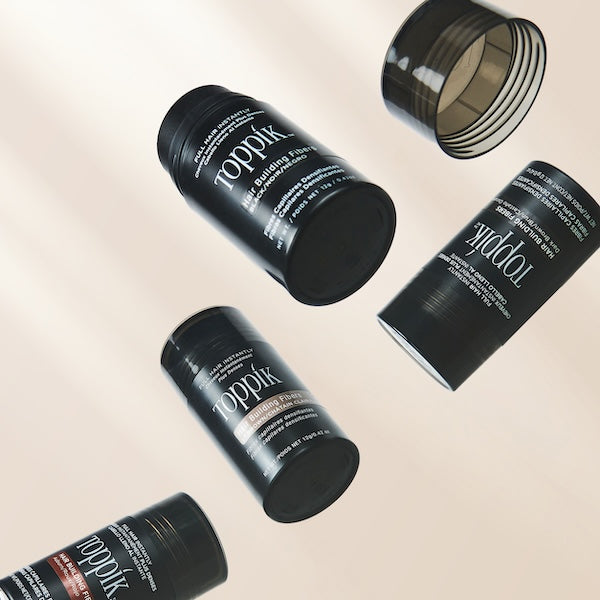
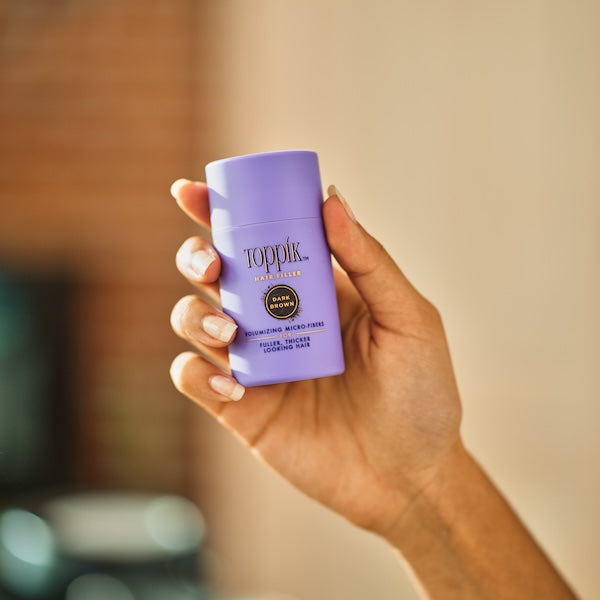
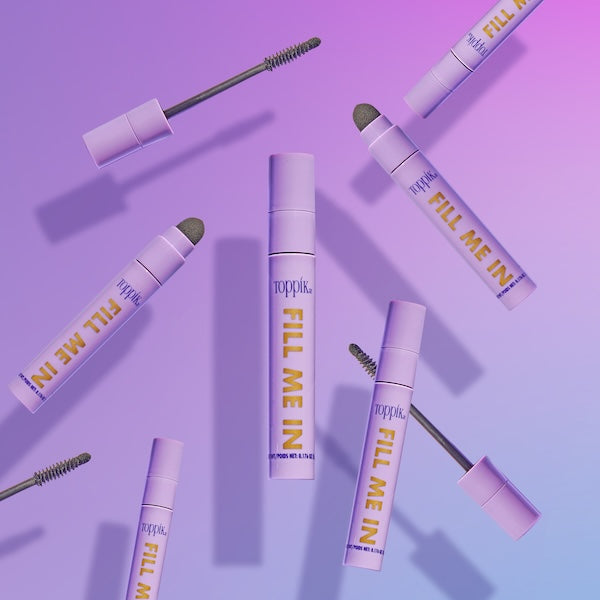
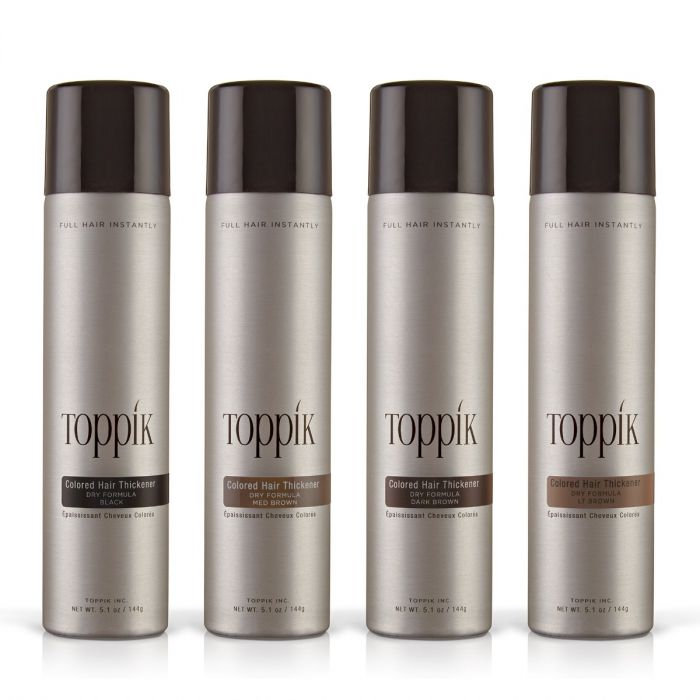

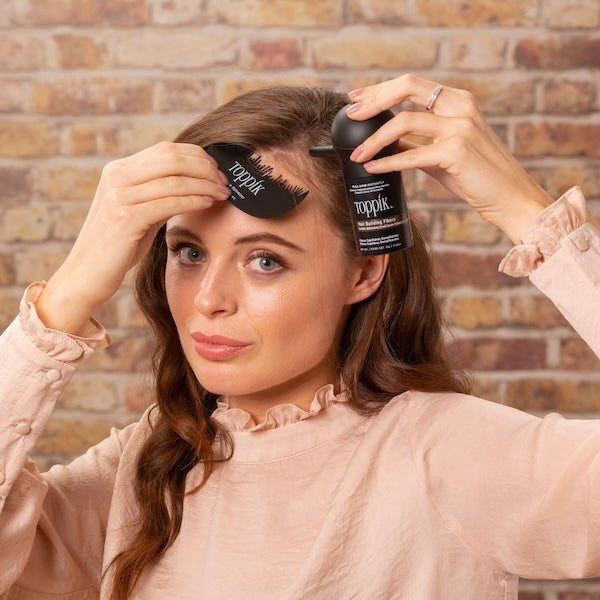

1 comment
Where can I purchase this product please thank u